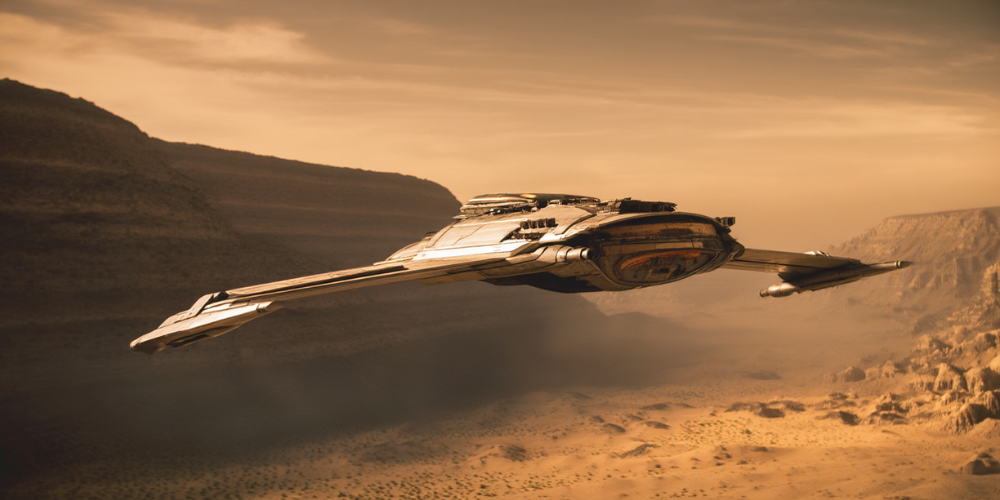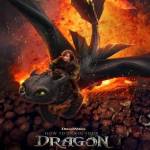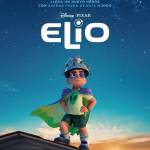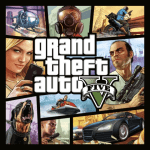Star Wars Returns: Decoding The Mandalorian & Grogu’s Big-Screen Trailer
2025-09-22

The galaxy far, far away is stepping back onto a theatrical stage, and the first trailer for The Mandalorian & Grogu sets the tone with precision: scale pushed wider, textures richer, and familiar faces reframed for a towering screen. You can feel the series’ frontier-western DNA intact, but the language is unmistakably cinematic—lingering aerials, thunderous engines, and crowd-pleasing silhouettes that play to a packed auditorium. The reel highlights three conversation-starters: an AT-AT set piece engineered for vertigo, the live-action return of Rotta the Hutt, and a striking appearance by Sigourney Weaver. Each beat carries narrative weight beyond the immediate spectacle. Walkers imply heavy-metal might in the post-Imperial fringe; a Hutt heir signals renewed cartel calculus; a genre icon suggests gravitas in the human drama around our masked wanderer and his foundling. Star Wars’ last theatrical chapter closed in 2019; this trailer argues the brand has learned from its streaming renaissance and is ready to translate that intimacy into event-movie momentum. The promise is simple: keep the heart of a gunslinger-and-cub tale, elevate the stakes, and let the soundstage rumble like a starship coming out of hyperspace.
Main Part
The walker moment does more than tip a helmet to classic hardware; it reframes the AT-AT as a character in its own right. The cutups suggest a ground-level perspective—dust plumes, stressed cabling, and footfalls that land like small earthquakes—so the audience feels weight, not just nostalgia. In the New Republic era, these machines linger as spoils, contraband, or rallying symbols for splinter commanders. That context matters because Din Djarin’s toolkit thrives on asymmetry: vertical grapples, timed charges, and close-quarters cunning against hulking opposition. A sequence that pits a beskar-clad tactician and a nimble apprentice against a steel giant is not merely spectacle; it is a thesis on problem-solving under pressure. Expect the filmmakers to favor readable geography over chaos—wide coverage, smart cross-cutting, and a sense of distance that helps you predict danger rather than suffer visual noise. Sound will do heavy lifting: servo whines, hull groans, and the crunch of terrain communicating threats before they crest a ridge. If the shot grammar mirrors the series’ best chase work, the set piece will thread excitement with clarity, letting the audience anticipate pivots and cheer ingenuity instead of feeling pushed through a blur.
Rotta the Hutt is the lore swing that raises eyebrows. Introduced to many as an infant during the Clone Wars era, Jabba’s offspring would now be far older, and Hutts age into power with the patience of empires. Bringing Rotta to live action hints at a cartel map in flux—vacuum after palace upheavals, lieutenants jockeying for spice lanes, and syndicates reconciling with a New Republic that prefers order to fealty. For our protagonists, that means contracts wrapped in etiquette, favors traded under neon marquees, and the kind of uneasy truces only the Outer Rim can host. The trailer’s framing suggests Rotta is not just a cameo but a node: a figure whose demands could pull Mando into a web of obligations while drawing Grogu’s quiet empathy to the surface when clans posture and civilians pay the price. Canon-friendly details—tattoos of lineage, protocol droids trained in Huttese nuance, guards sporting mixed-era armor—help sell continuity without requiring homework. Most of all, Rotta’s presence reconnects the saga’s theatrical thread with animation-era character arcs, signaling that cross-medium storytelling has matured: what mattered in a stylized campaign now has consequences in a photoreal frame.
Then there is the face that needs no introduction to sci-fi fans. Sigourney Weaver’s inclusion, teased through a poised close-up and steely cadence, reads like a promise of textured authority rather than a novelty cameo. The role remains under wraps, but the palette of possibilities is rich: a New Republic envoy balancing idealism with hard math, a syndicate broker whose restraint is more dangerous than bluster, a scholar with a map of pre-Imperial relics, or a planetary leader hardened by decades of occupation and fragile peace. Any of those archetypes plugs elegantly into The Mandalorian’s moral weather, where choices seldom arrive clean. Casting a performer whose screen language communicates resolve and vulnerability in the same breath signals intent: the film wants character-first momentum around its action architecture. On a marketing level, the pairing bridges audiences—those who found Star Wars through streaming and those who prize legacy genre cinema. On a craft level, it raises the bar for dialogue beats between set pieces, the kind of exchanges where coded threats, duty, and mercy collide. If her scenes anchor the political or personal stakes, the AT-AT thunder will feel earned rather than ornamental.
Conclusion
Step back and the trailer reads like a mission briefing for Star Wars’ theatrical reset. It stakes out a time and place—the uneasy dawn of New Republic governance—then seeds three through-lines: industrial might that refuses to fade, underworld ecosystems adapting to new sheriffs, and human (and nonhuman) actors whose choices complicate tidy victories. For fans, the practical takeaway is to watch the next wave of marketing for corroboration: walker geography that reveals the full objective, Rotta’s court with its hierarchy and etiquette, and a clearer sketch of Weaver’s sphere of influence. Also pay attention to the filmic trimmings that differentiate a feature from episodic TV: the orchestral expansion of familiar motifs, the commitment to practical creature work at scale, premium-format considerations, and runtime that breathes without padding. The heart of the piece remains the partnership at its center—protector and apprentice navigating a world that tests loyalty, patience, and conscience. If the finished film maintains the trailer’s balance of wonder and grit, the return to theaters will feel less like a victory lap and more like a confident new chapter. The message between the frames is clear: the saga can be intimate and monumental at once, and the big screen is the right canvas for that duality.






